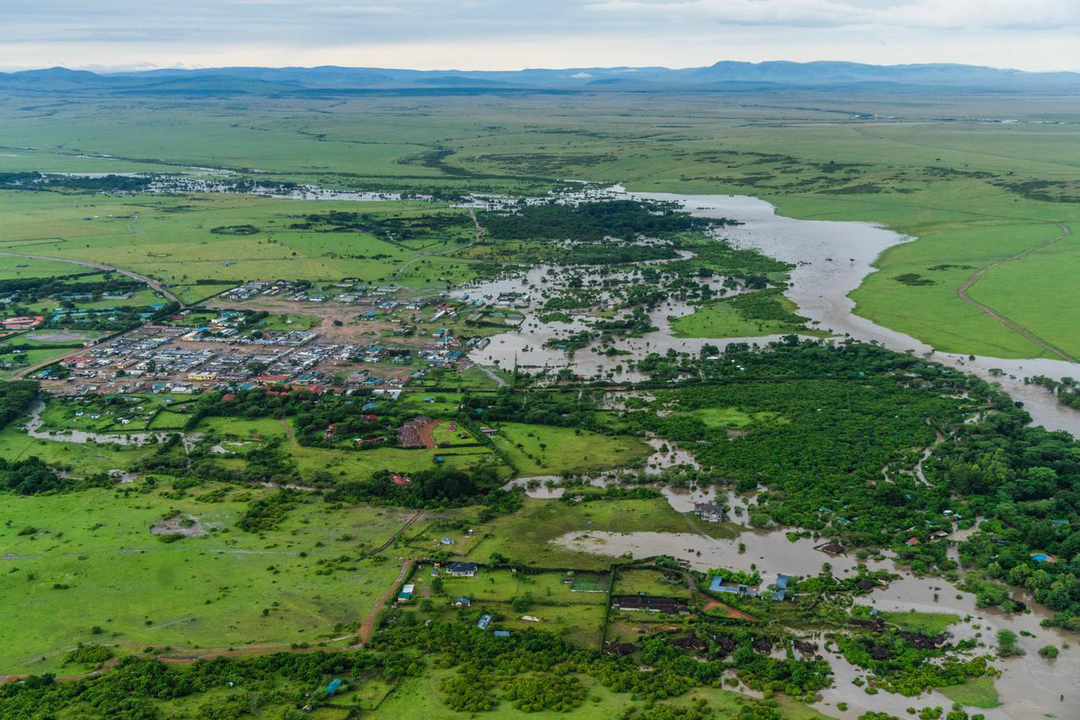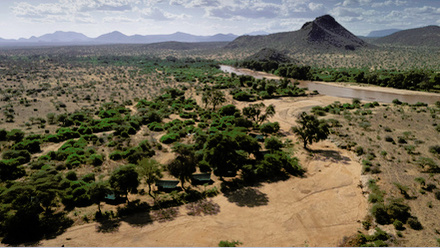Press Statement: Current Floods Situation in Maasai Mara, Kenya 04 May 2024

In light of recent events, we wish to address the concerning floods situation in specific areas of the Maasai Mara region of Kenya. The flooding primarily affects areas adjacent to the Mara River, Talek River, and Sand River, resulting in significant challenges for local communities, wildlife, and tourism infrastructure. In the wake of the recent floods in the Maasai Mara region, we acknowledge the circulation of various reports regarding wildlife casualties and unverified information. While challenges persist, we remain optimistic about the resilience of the region's ecosystems and wildlife. We encourage a cautious approach in disseminating information and emphasize the importance of relying on verified updates from authoritative sources.
Regarding the upcoming high season, scheduled to commence from June 2024 onwards, we want to reassure visitors and tour operators that the Maasai Mara remains a prime destination for safari experiences. Efforts are underway to address the impact of the floods, and we are confident in our ability to ensure a memorable and fulfilling safari experience for all guests.
In an official statement to the Mara Managers Association on May 4th 2024, Chief Officer Tourism Samwel Leposo has confirmed that up to now, no human casualties have been reported within the flooded areas, all tourists were safely evacuated from camps and lodges where needed.
Extent of Flooding: The Mara River, Talek River, and Sand River have experienced unprecedented rises in water levels due to heavy rainfall, leading to extensive flooding in their surrounding areas. This has resulted in displacement and destruction of camps and lodges along their banks, impacting the tourism sector and local economy.
- Impact on Tourism Infrastructure: Camps and lodges situated near the Mara River, Talek River, and Sand River have borne the brunt of the flooding, with reports of severe damage to property and infrastructure. Many establishments have been partially or fully submerged, leading to disruptions in tourism activities and accommodations. The main access bridges as the Talek gate bridge, the Mara Simba Bridge and the Mara Rianta bridge are unpassable and damaged. Imme diate reconstruction is needed to provide full access to the game reserves. The Mara bridge was completely destroyed by the floods.
- Humanitarian Concerns: In addition to the impact on tourism, local communities residing near the flooded rivers are facing significant hardships. Homes have been inundated, and essential services disrupted, leading to humanitarian concerns such as displacement, shortages of food, clean water, and medical supplies. To now, no human casualties have been reported within the flooded areas, all tourists were safely evacuated where needed.
- Wildlife Conservation: The floods have also affected the rich biodiversity of the Maasai Mara ecosystem. Wildlife habitats along the Mara River, Talek River, and Sand River have been submerged, displacing animals and potentially leading to loss of life. Efforts are underway to ensure the safety and well-being of wildlife populations.
- Government Response: The Kenyan government, in coordination with local authorities and humanitarian organizations, has launched response efforts to address the impact of the floods. Emergency rescue operations, distribution of relief supplies, and provision of medical assistance are ongoing to support affected communities and mitigate further damage.
- Call for Assistance: We appeal to the international community, NGOs, and concerned stakeholders to extend their support to the ongoing relief efforts in the affected areas of the Maasai Mara region. Contributions of essential supplies, financial aid, and expertise in disaster management are crucial to addressing the immediate needs and facilitating recovery.
- Preparedness and Resilience: While addressing the current crisis is paramount, efforts must also focus on enhancing preparedness and resilience measures to mitigate future flood risks in the region. This includes investment in sustainable land management practices, implementation of early warning systems, and infrastructure development.
In conclusion, the floods along the Mara River, Talek River, and Sand River present significant challenges that require a collaborative and coordinated response. By working together, we can support affected communities, preserve the region's unique wildlife, and build a more resilient future.
The Mara Managers Association is engaged to share regular and more detailed updates on the current situation within the Maasai Mara starting from Monday, May 6th 2024.
Source: The Mara Managers Association





